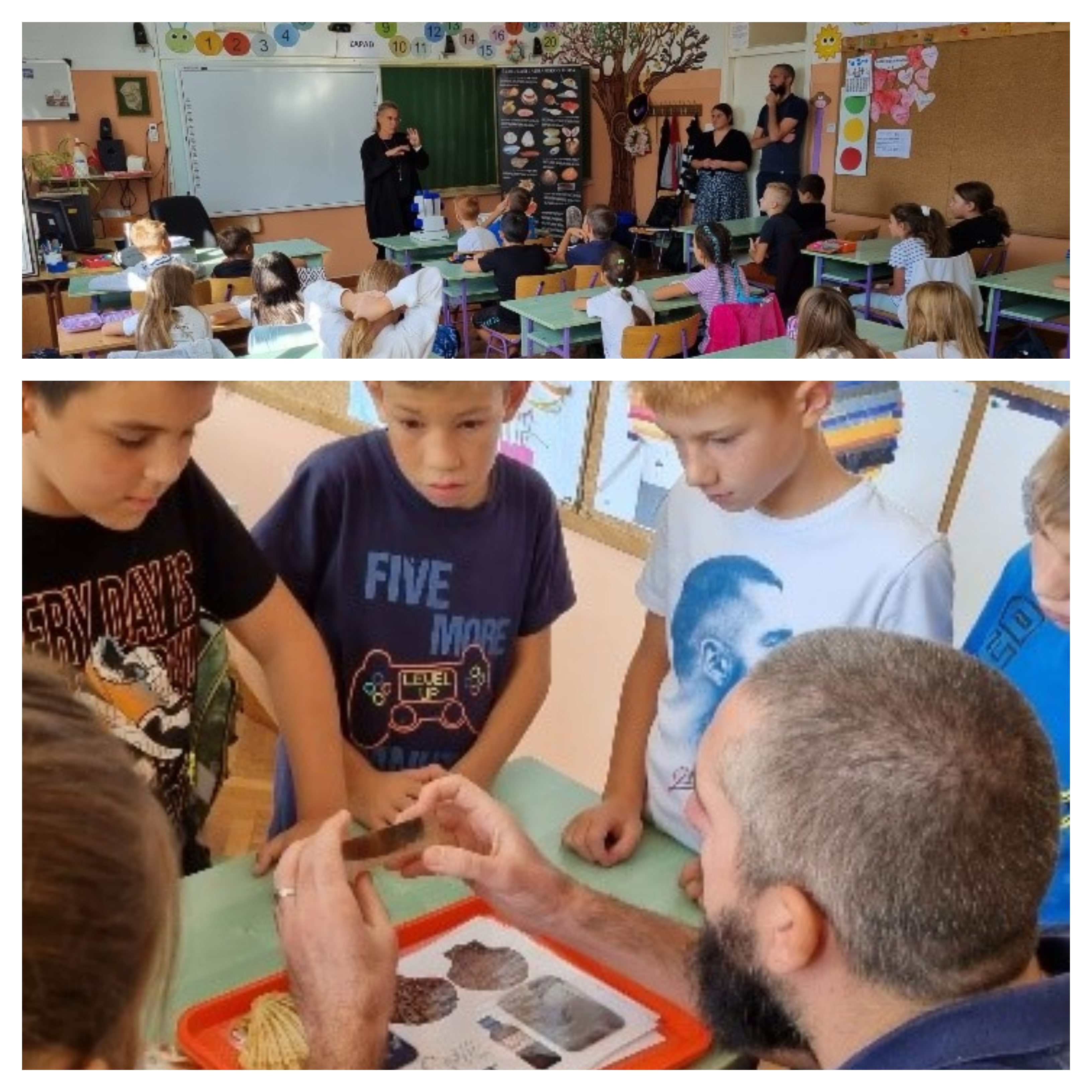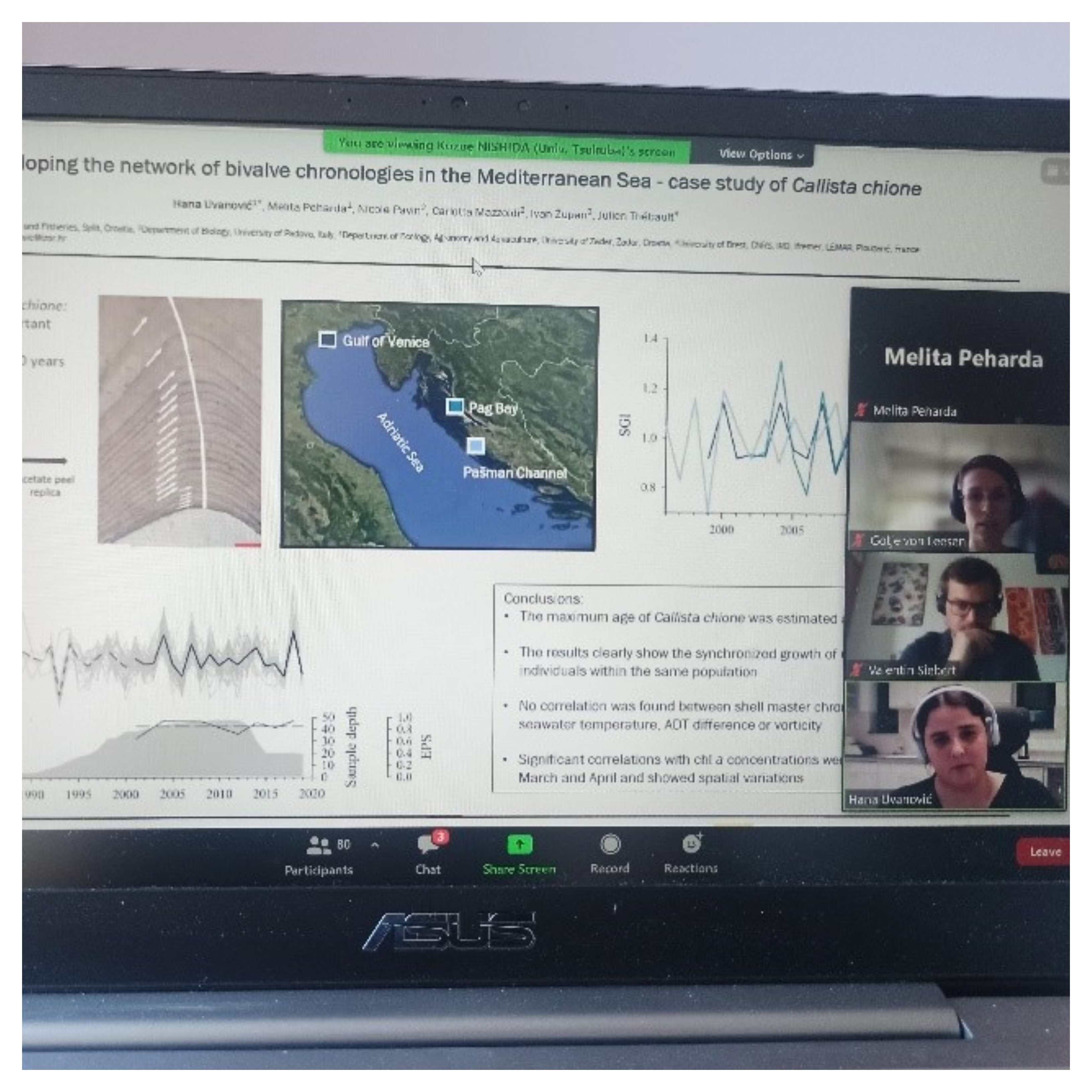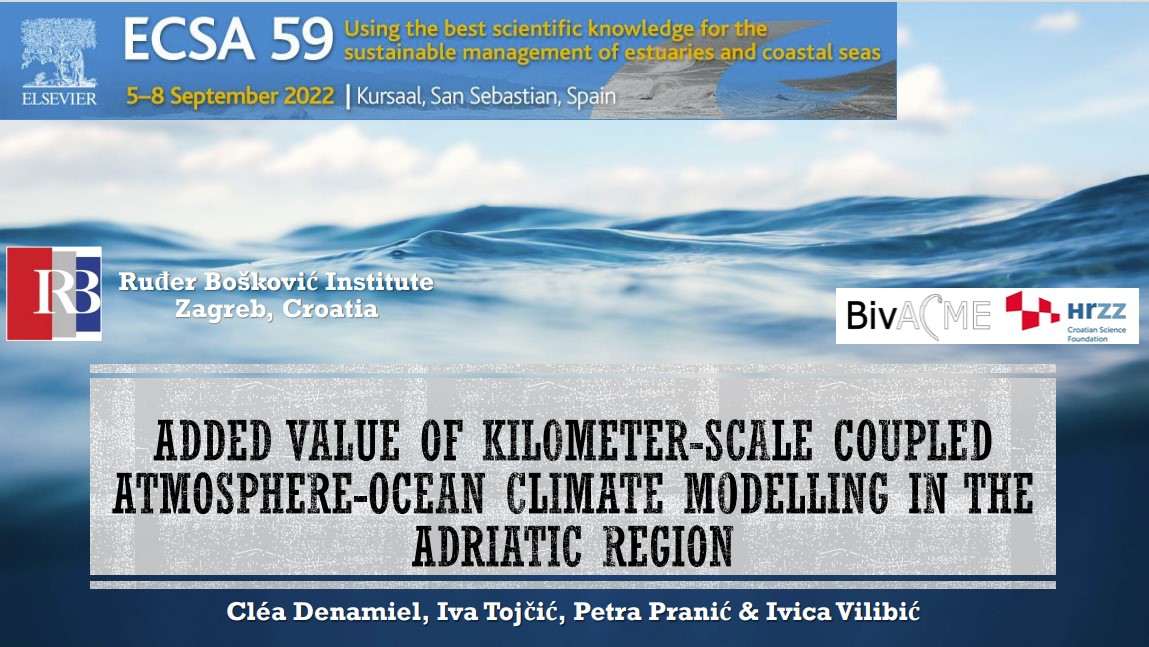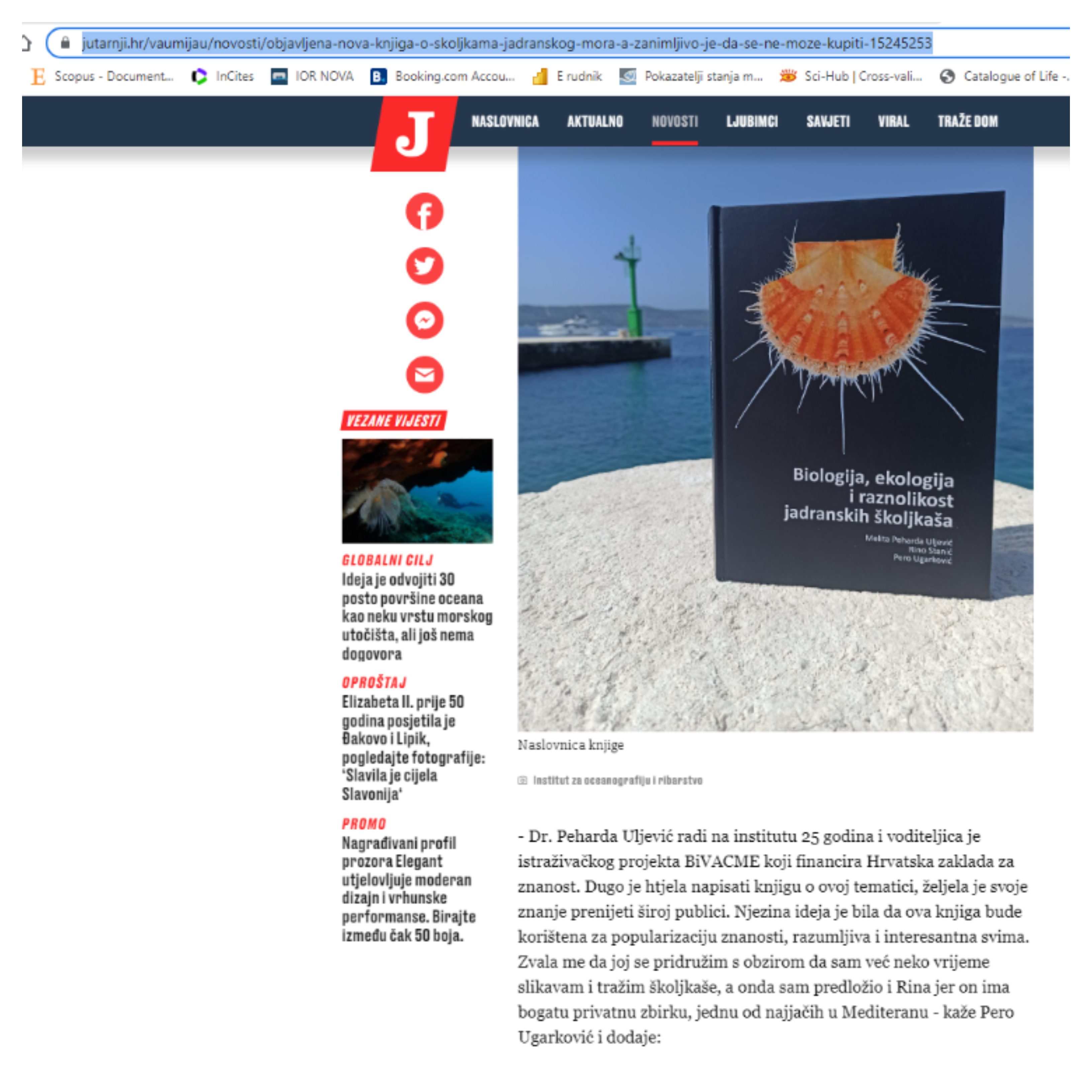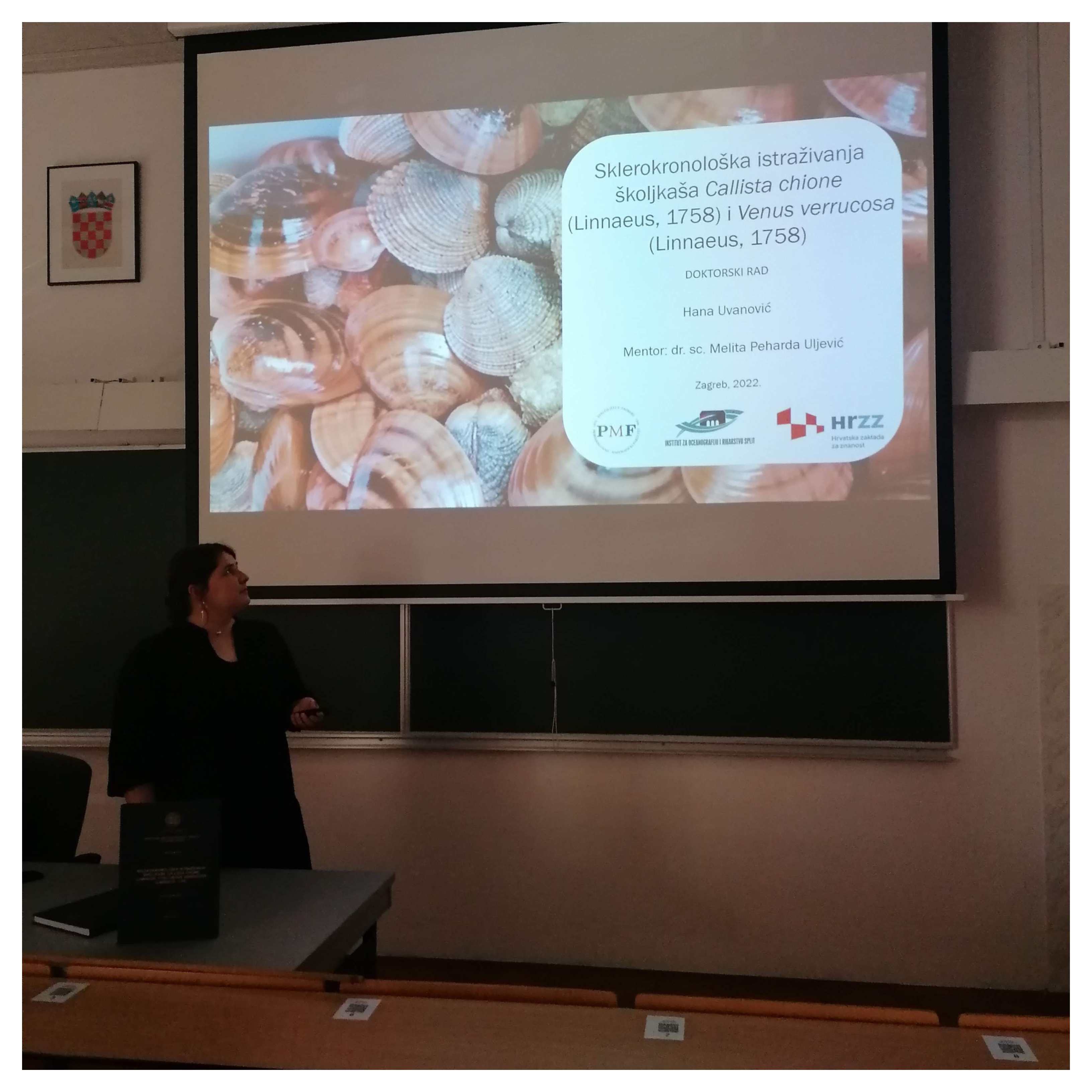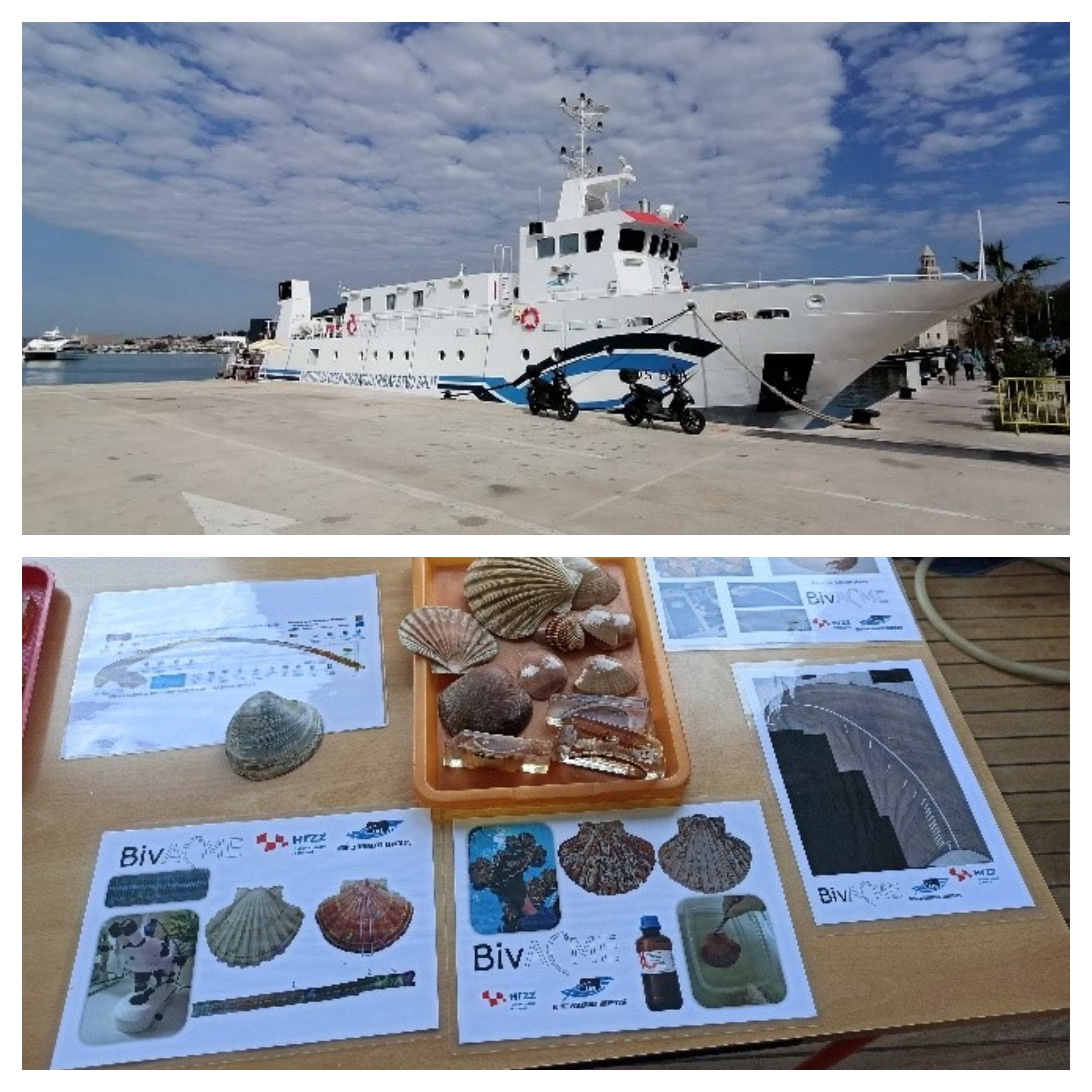Workshop for elementary school children
In a framework of Blue-connect project (European Researchers’ Night) Melita Peharda Uljević, Hana Uvanović and Krešimir Markulin visited elementary schools in Split, Kaštel Novi and Trogir. Through interactive workshop they introduced children to diversity of bivalves in the Adriatic Sea, their ecology and methods used in BiVACME project for studying growth and age of bivalves.

